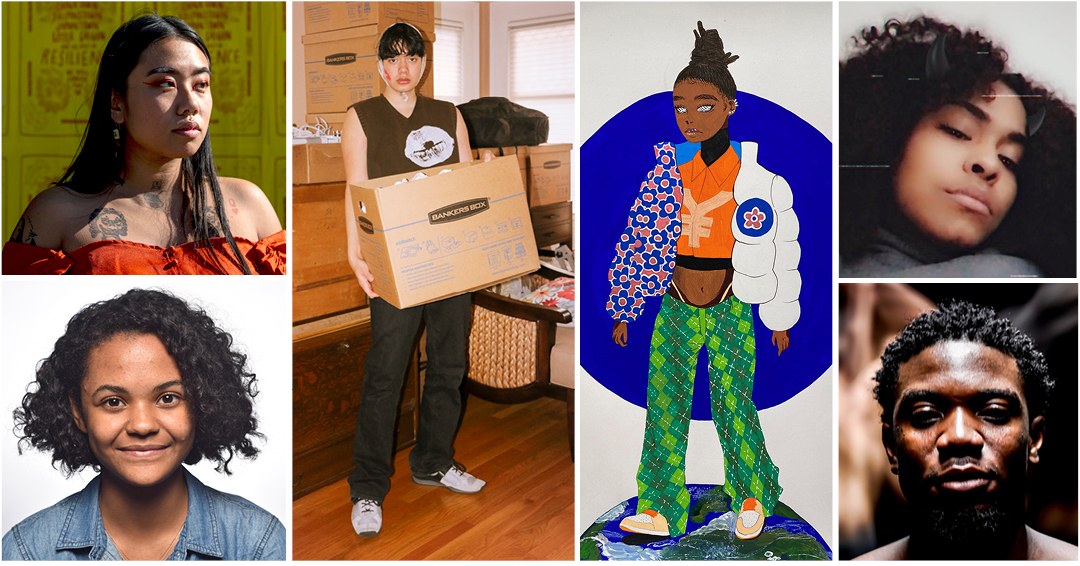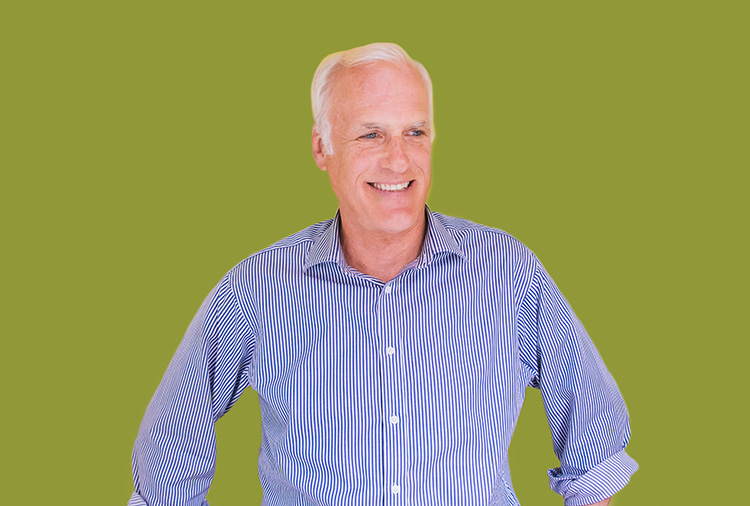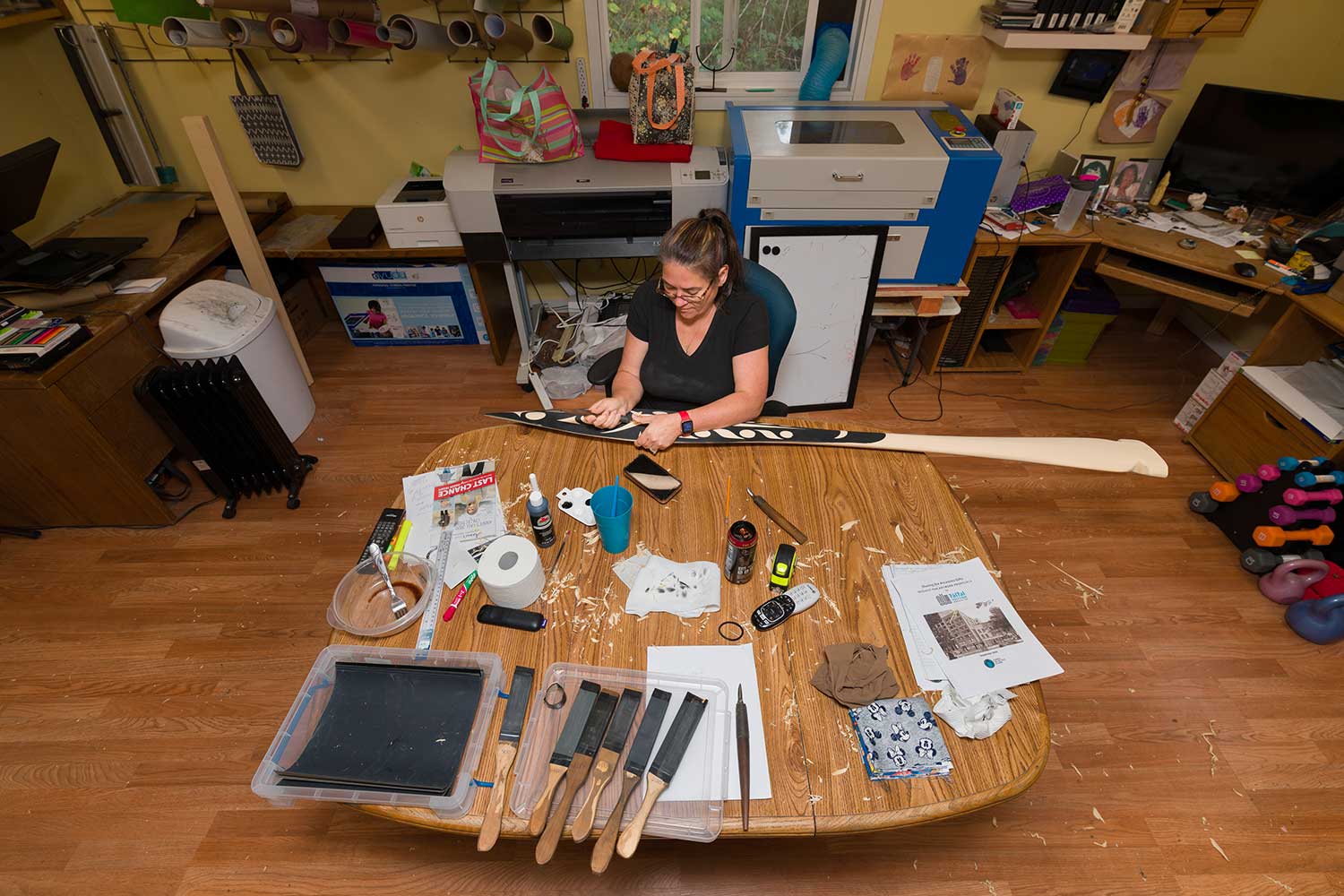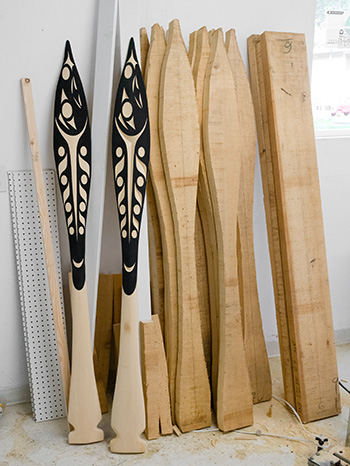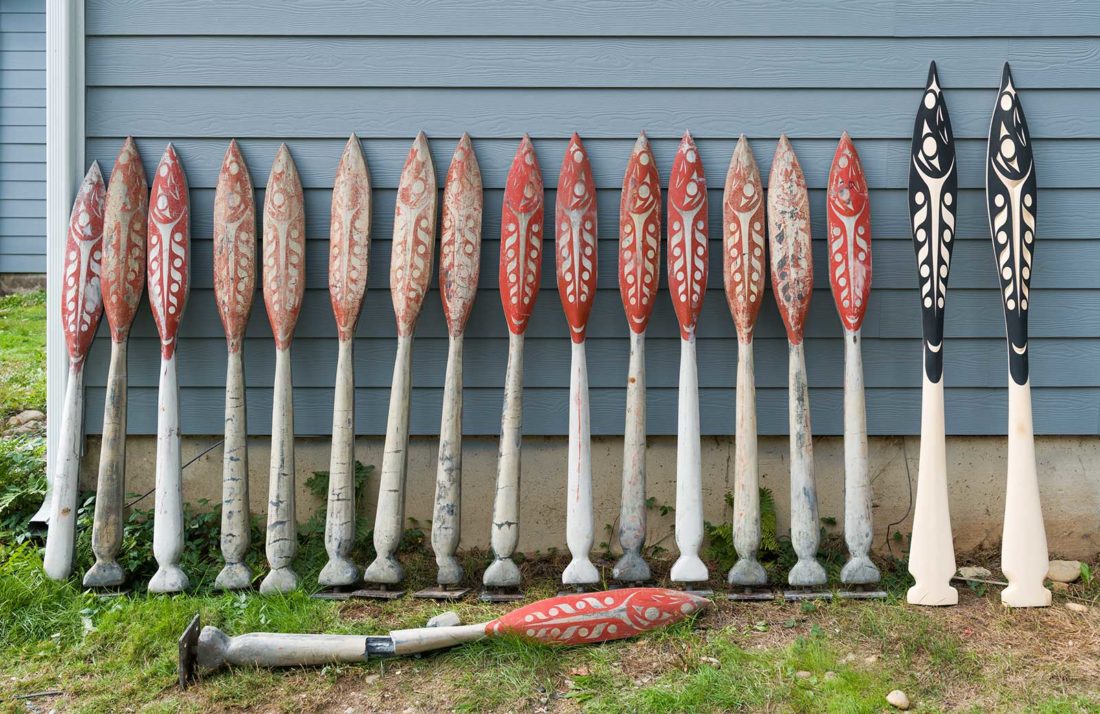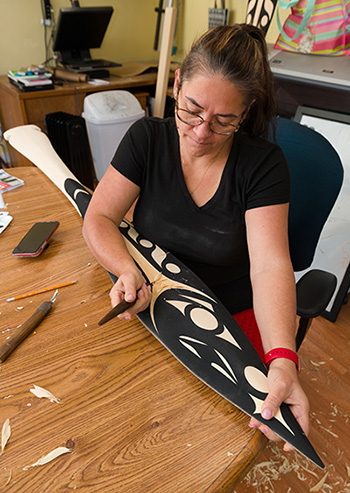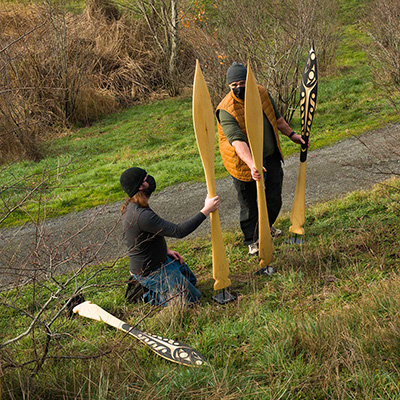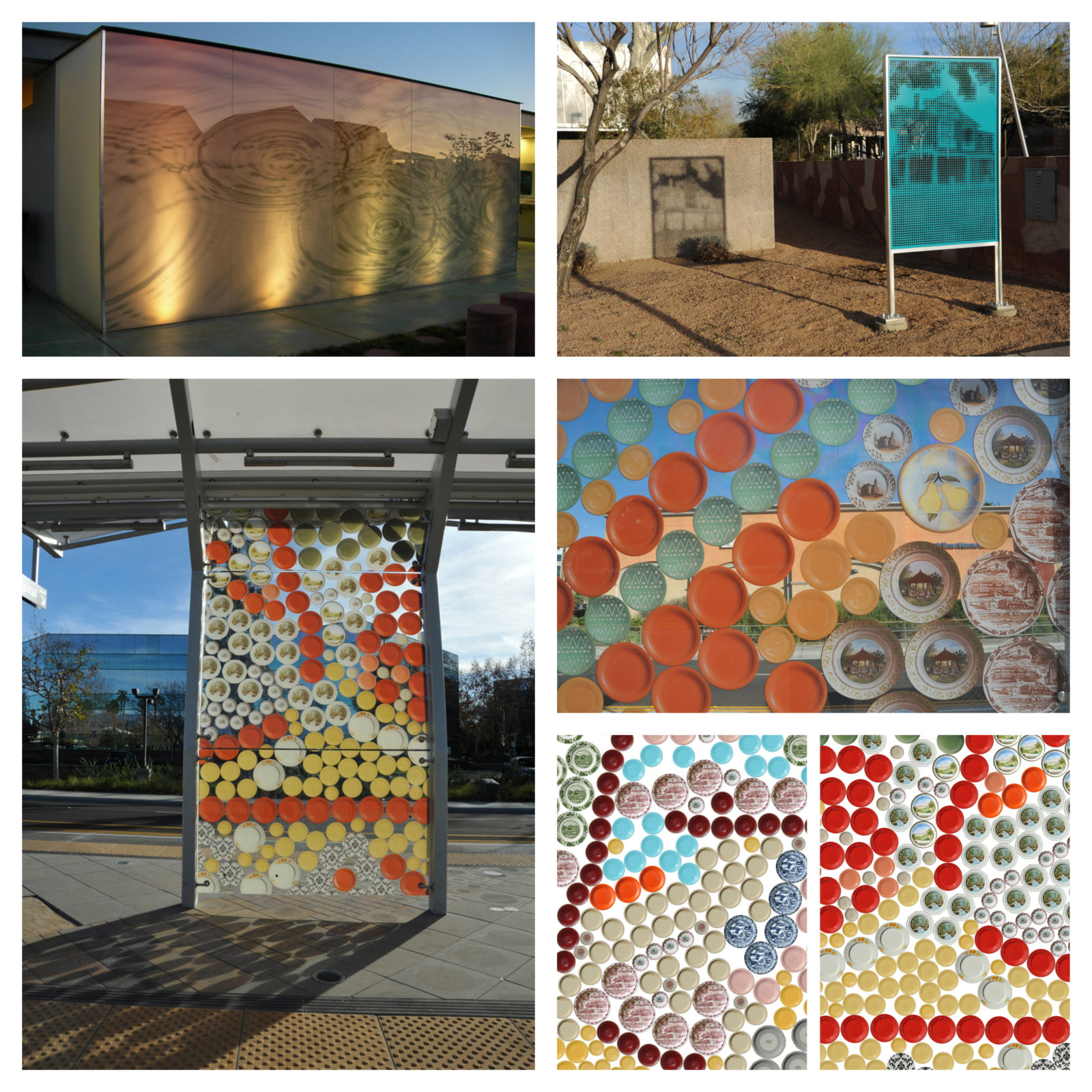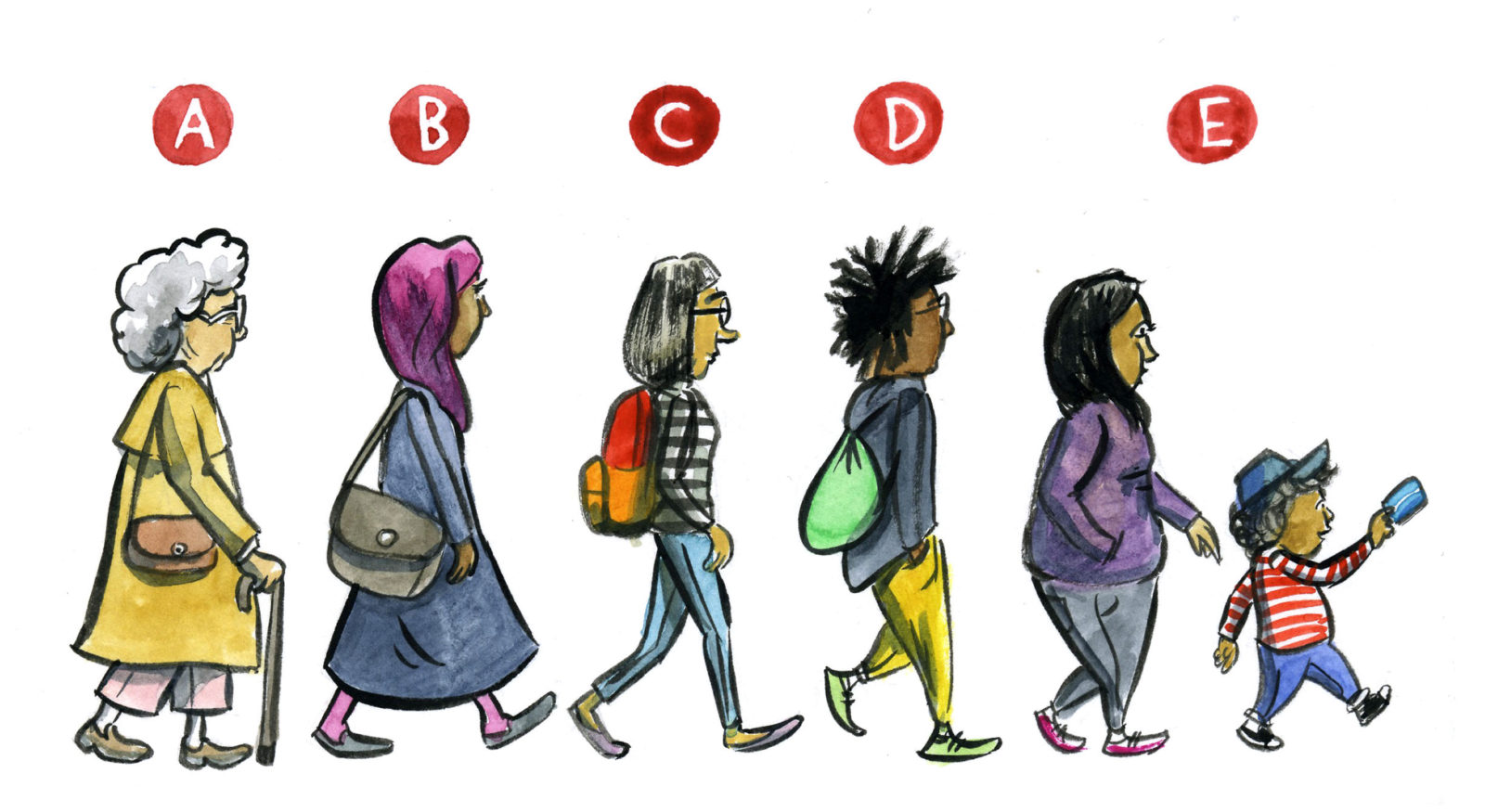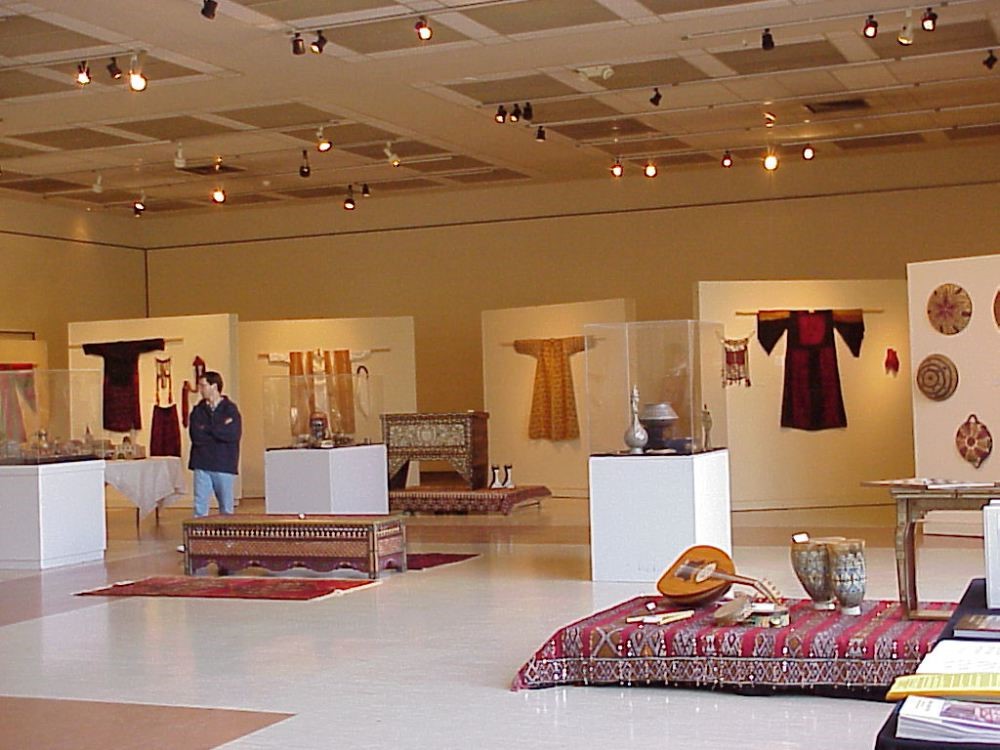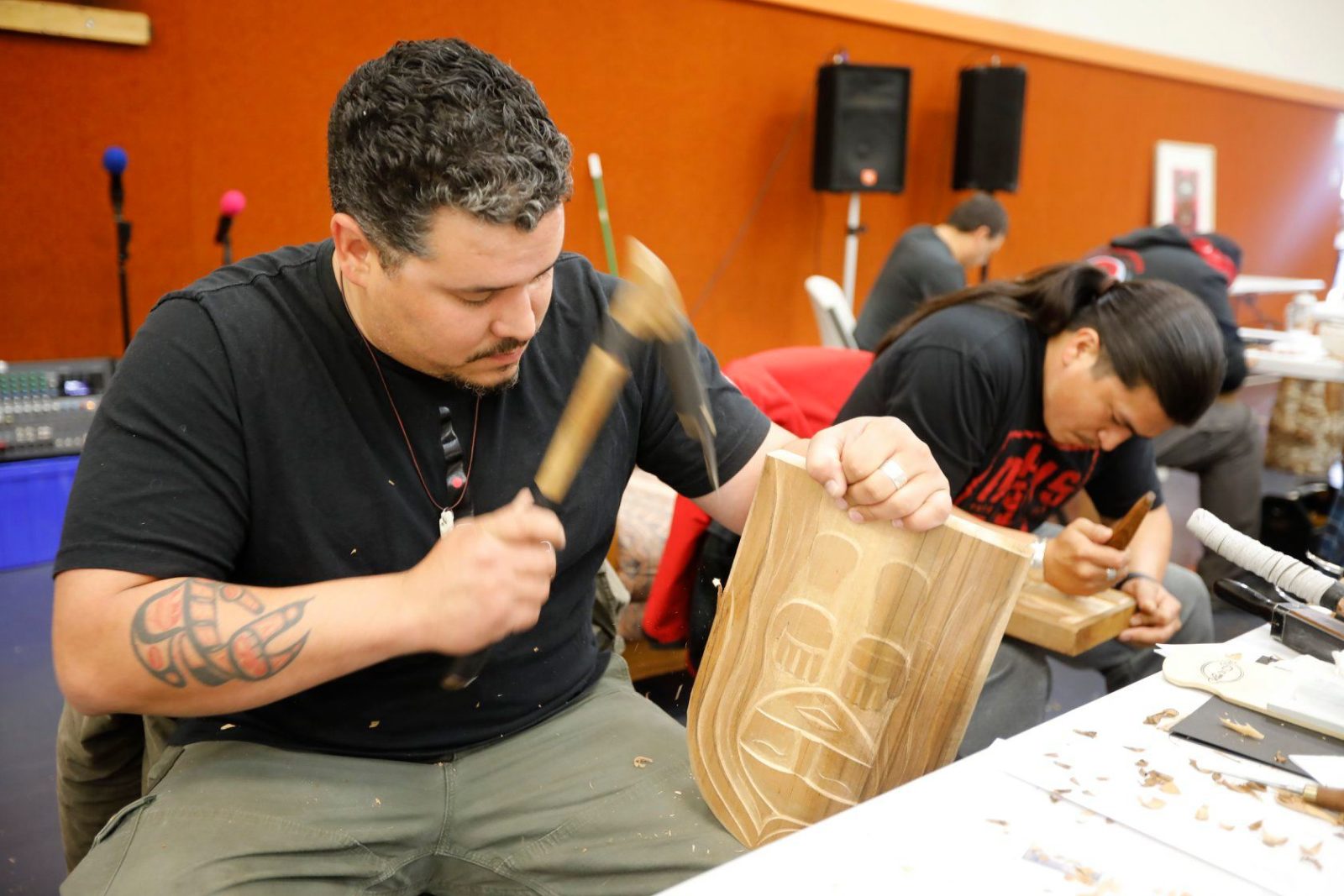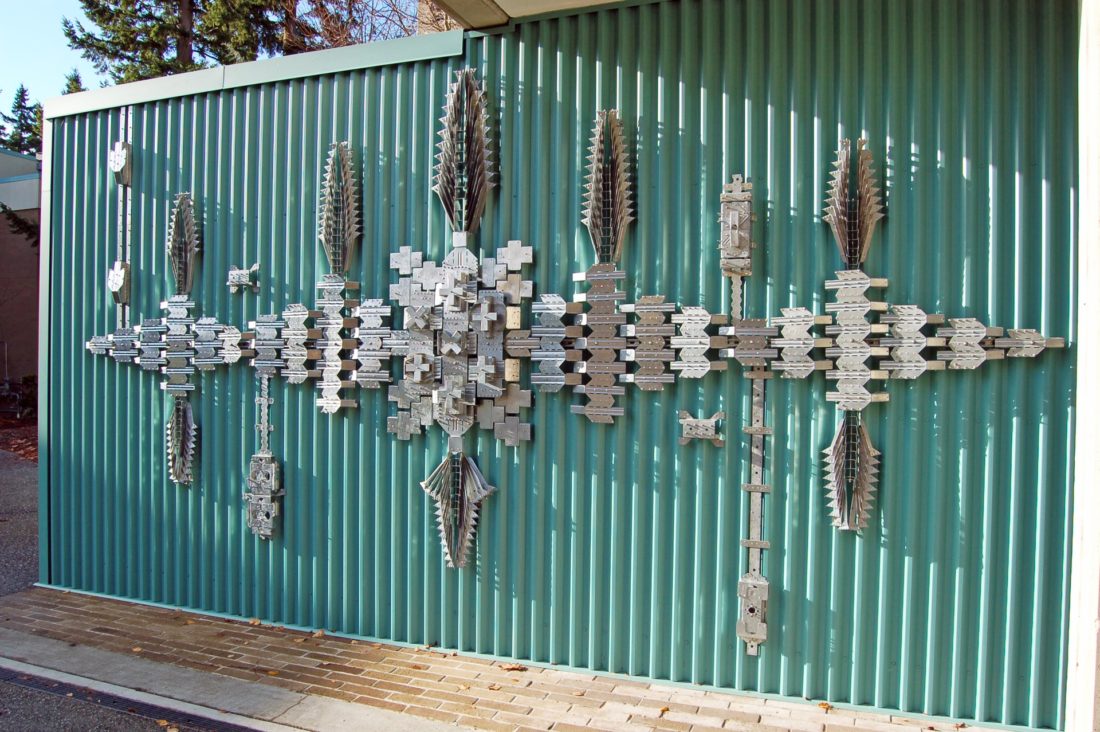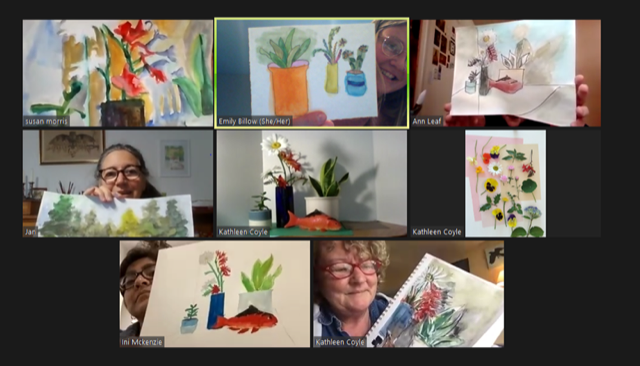Guest Post: Behind the Scenes of Seattle Southside Scenes
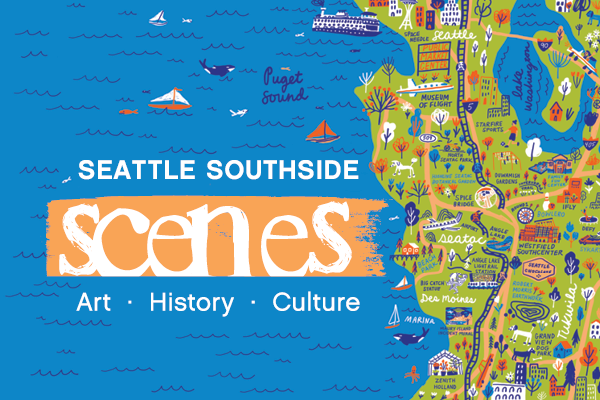
The Seattle Southside Regional Tourism Authority (RTA) is celebrating the uniqueness of our place through a new storytelling campaign called Seattle Southside Scenes, designed to share extraordinary local stories with the world:
Continue Reading ›
The Seattle Southside Regional Tourism Authority (RTA) is celebrating the uniqueness of our place through a new storytelling campaign called Seattle Southside Scenes, designed to share extraordinary local stories with the world:
The heart of a region stems from the people of the place. The stories from a community give the region personality and meaning. And the people of Seattle Southside have some fascinating stories to tell!
The RTA is going behind the scenes of Seattle Southside’s most captivating public art locations, rich historical sites, and diverse cultural communities to tell the lesser-known tales of these sites in a new digital storytelling campaign and mobile Scenes Trail. As the regional destination marketing organization for the cities of SeaTac, Tukwila, and Des Moines, the RTA is uniquely positioned to uncover and tell these authentic, local stories that have largely existed only at the community level. By widening the audience to the world, visitors to Seattle Southside will now have a more intimate connection with the people who live and work here, enabling better travel experiences that are rich with meaning.
It is the backstory of “Big Catch” that evokes a sense of mystery as to the meaning behind the unusual public sculpture of a fisherman entangled with a fish, who strangely has breasts. The story behind the abandoned gravel pit turned public artwork, Robert Morris Earthwork, gives the carved terraced circles significance as the first land-reclamation sculpture in the nation. And the history of Duwamish Gardens and its connection to the legendary Pike Place Market makes visitors feel a sense of wonder while walking its trails.
Travelers are looking for more meaningful travel experiences and more intimate connections with the people of a destination. They want to feel something when they visit a place and understand what makes that place special. These are the hidden stories that live in the collective minds of the people who live here. These are the stories, like the one of the Good Bootlegger, Roy Olmstead, who ran one of the most successful bootlegging enterprises in the Country, that locals toast to in remembrance.
In a destination like Seattle Southside, which incorporates SEA, the 9th busiest airport in the nation, visitors can sometimes see this region as a throughway, a place to stay the night before their flight, with an easily accessible freeway to go to where they are going. But the cities surrounding the Airport have intriguing sites with fascinating stories that visitors to the area might miss if not aware. These stories can encourage a traveler to exit the light rail at Angle Lake Station to spend some time admiring the shimmering “Cloud” art installation because, through these stories, they now know the interesting tale of its development.
For some, travel is more than a vacation; it is an opportunity to be in the exact spot where something real happened. Stories can draw in those visitors to stop in at the historic Zenith Holland Nursery, or to look for that mural on the side of the building, the one that depicts the first reported UFO sighting in the United States and the first description of “Men in Black”. These are the stories that remain with people after they return home.
It is also important to the RTA that this campaign brings to prominence voices that are often underrepresented. The communities of Seattle Southside are some of the most diverse in the country. People from over 50 countries of origin, speaking over 70 languages, call Seattle Southside their home. This diversity shines through in everything from the dining scene and unique shopping experiences to cultural events and festivals. The voices of people from all backgrounds contribute to a shared community experience. Like the stories from the ambitious women of Spice Bridge International Food Hall, whose passion for sharing their food traditions with others stems from their experience as immigrant women. Through these stories, the RTA hopes to encourage deeper understanding and appreciation for the multicultural community that is Seattle Southside.
Good storytelling can capture the senses by creating a sense of wonder, a curiosity for exploration, and an understanding that there is more to a place than meets the eye. Through this campaign, Seattle Southside RTA is connecting the traveler to the heart and soul of this place and to the authentic experiences this place offers for a more meaningful visit and more memorable experience.

